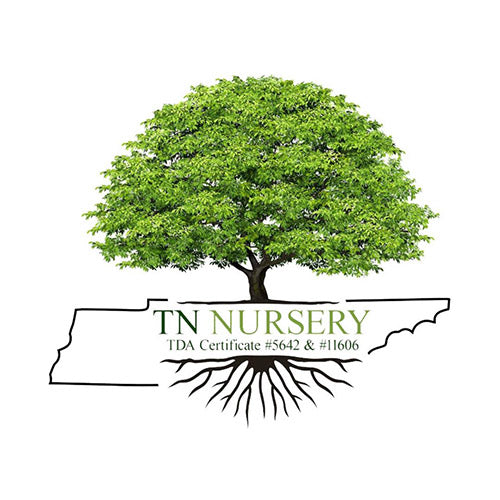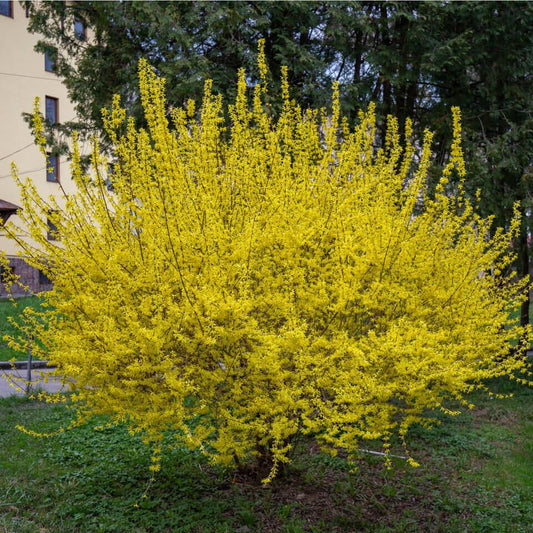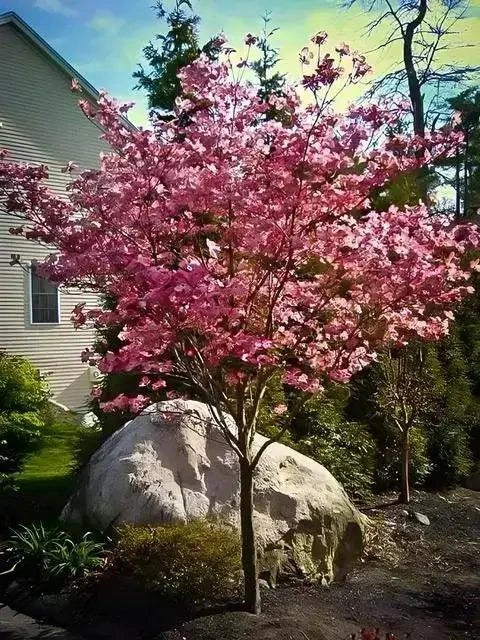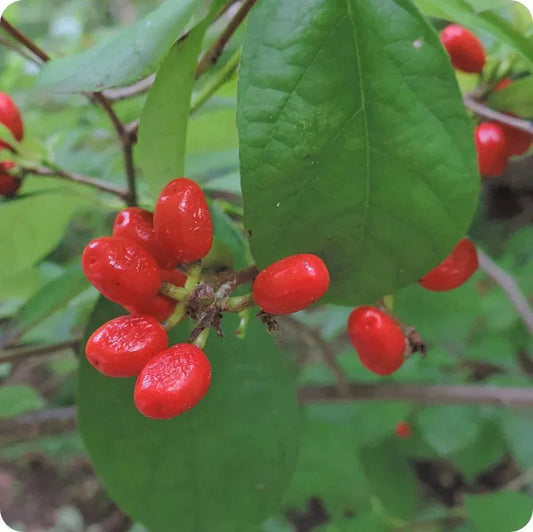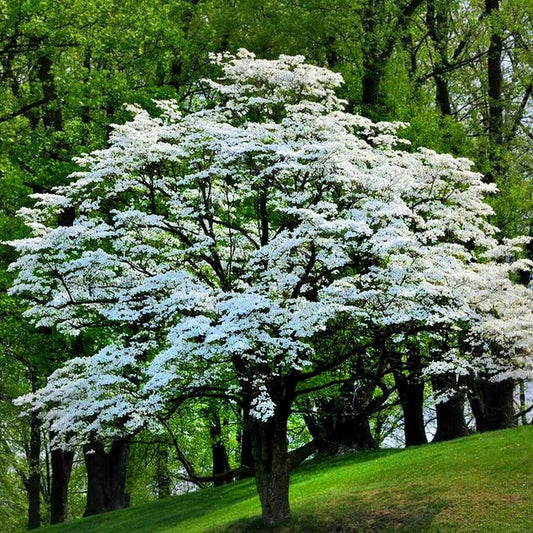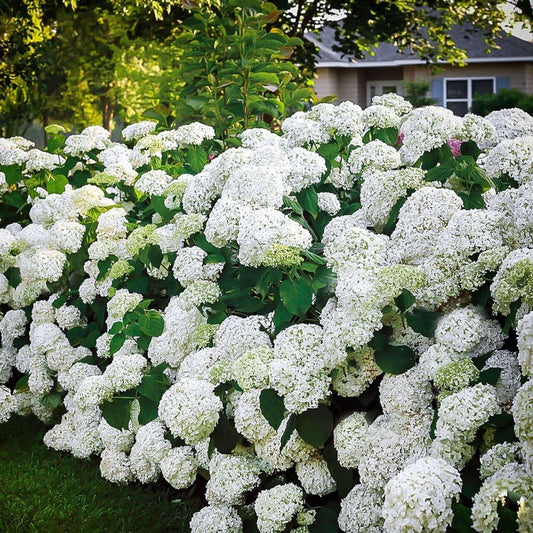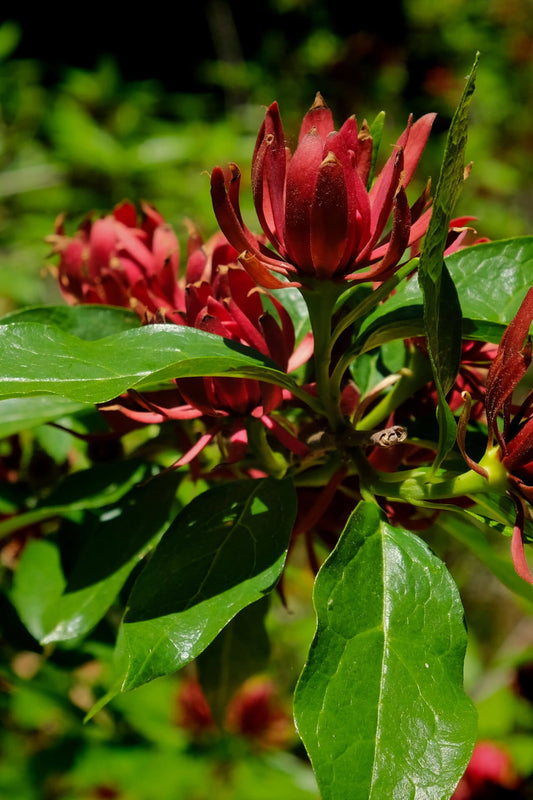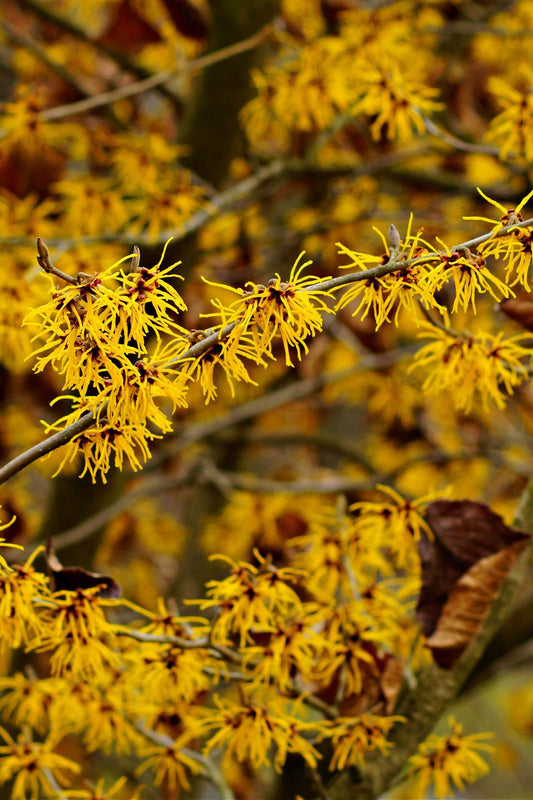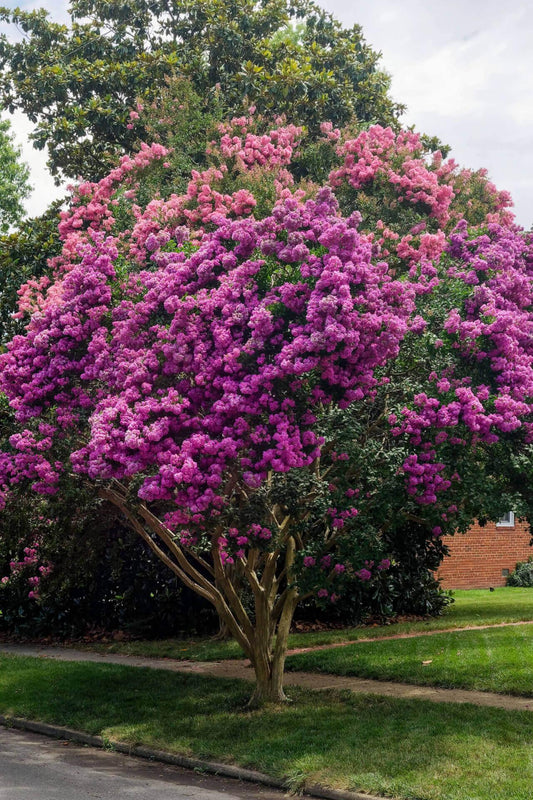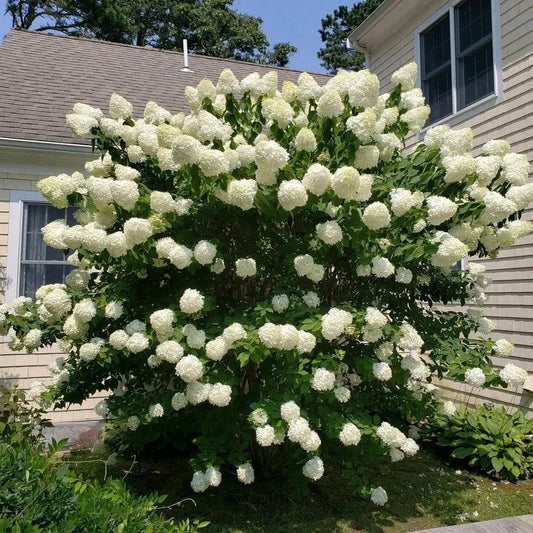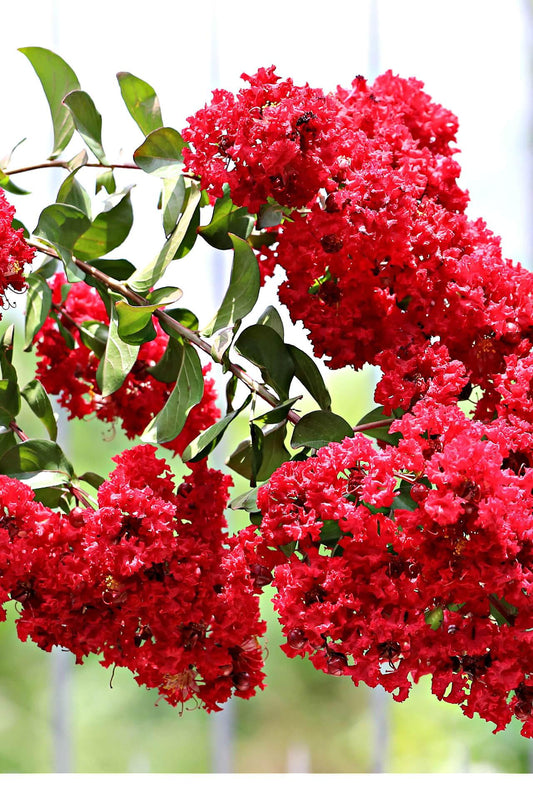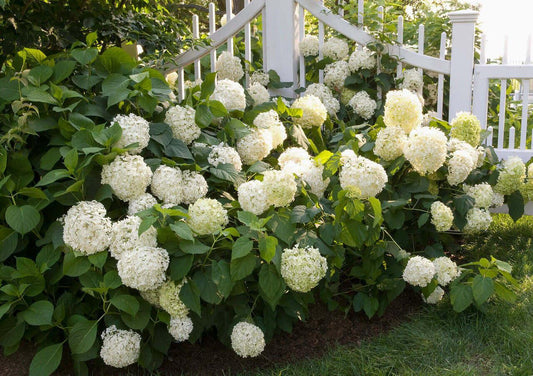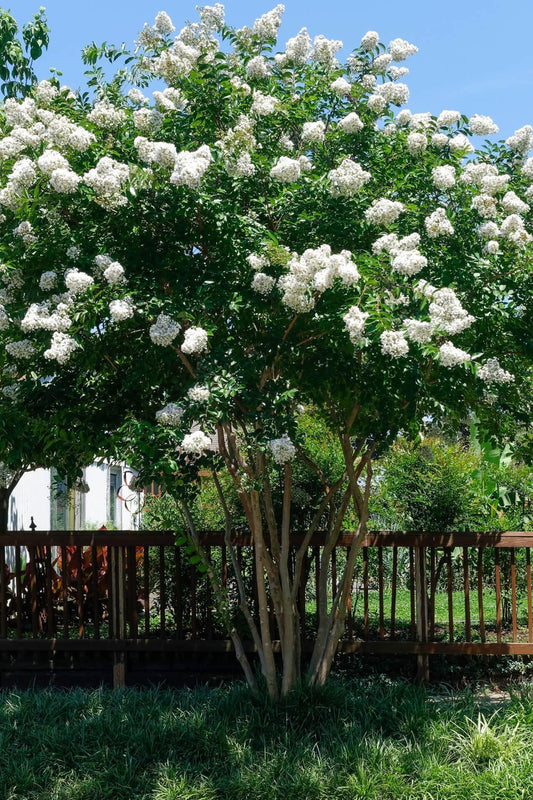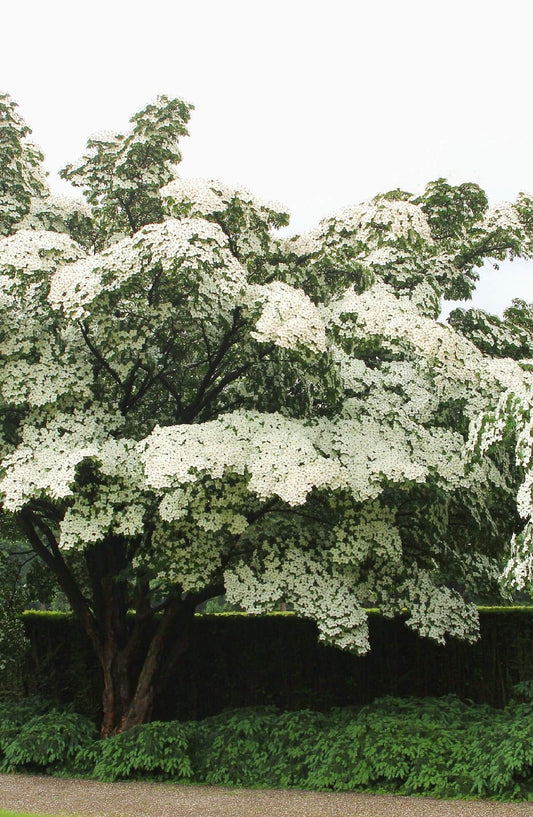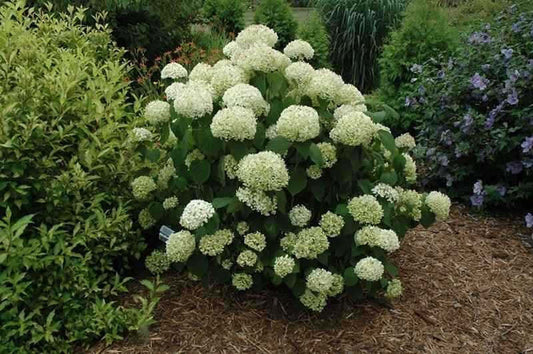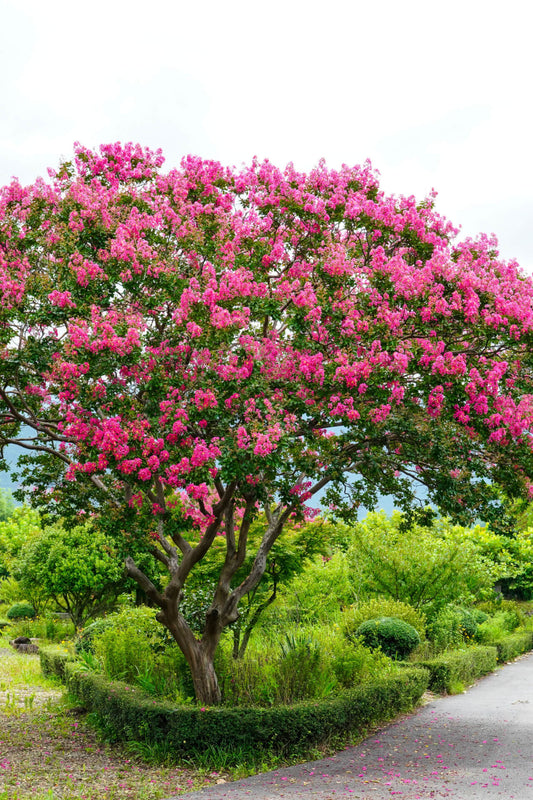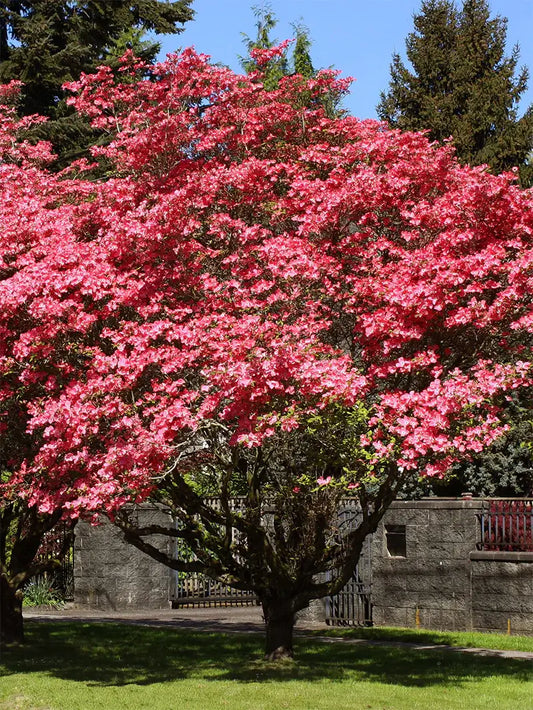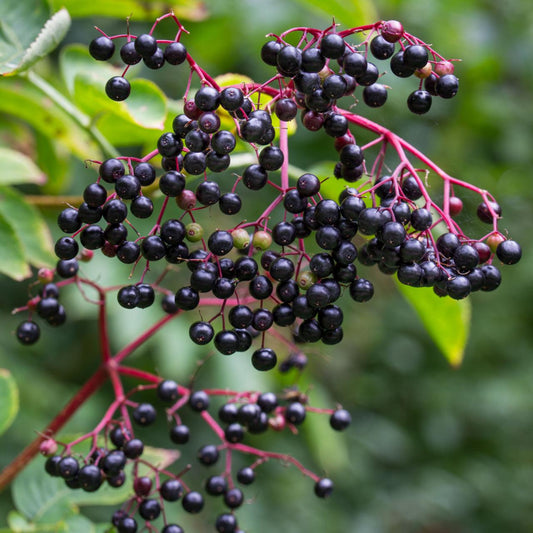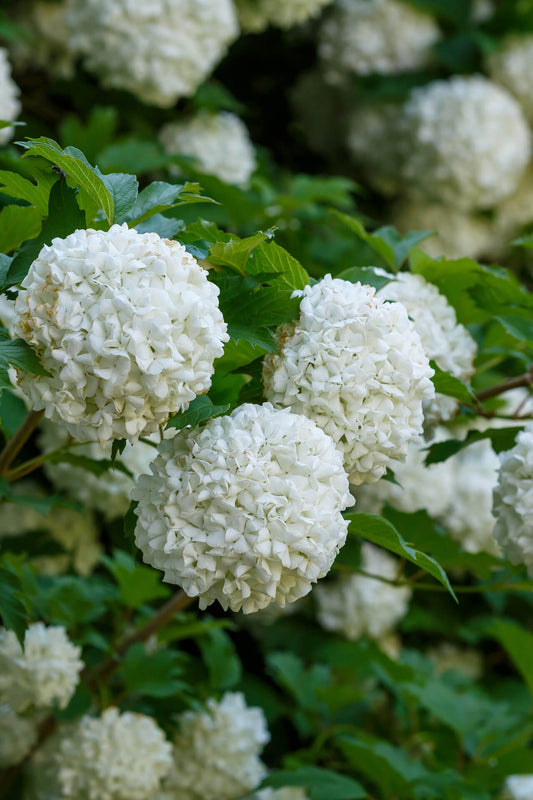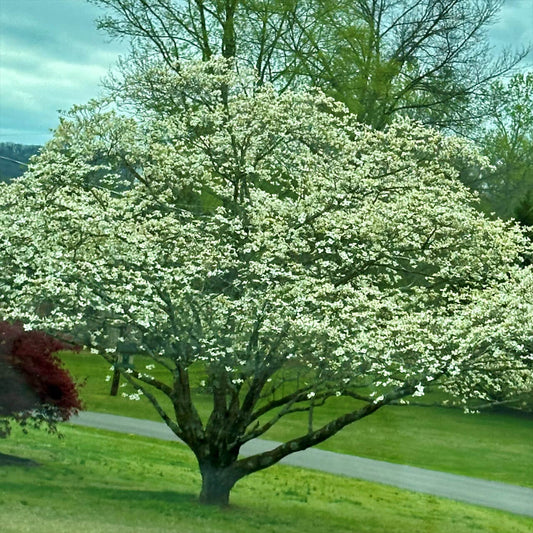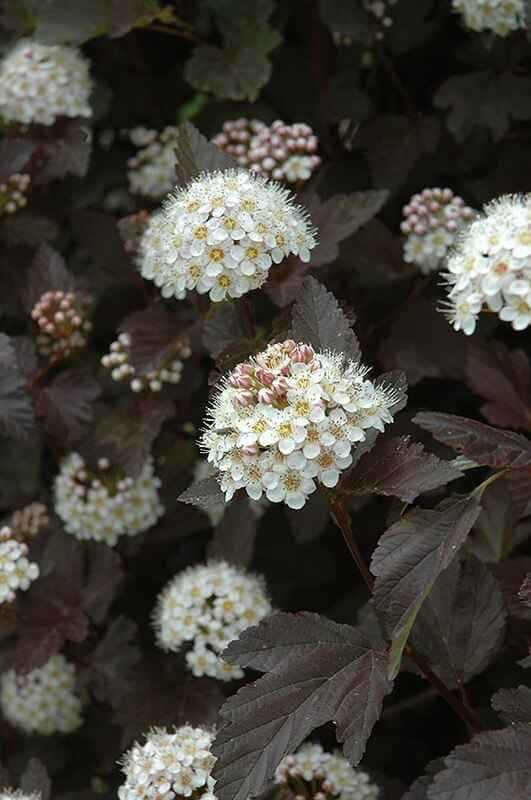Detailed Description
When most people think of shrubs, they think of evergreen plants that work as borders or privacy screens in the landscape. Flowering shrubs are plants and small trees that go the extra mile by providing a splash of color during their blooming season. They can serve as borders that add depth like an evergreen shrub or function as a bold accent piece in your landscaping. Explore our selection of them at TN Nursery to find the next addition to your backyard.
Amazing Colors with Flowering...
When most people think of shrubs, they think of evergreen plants that work as borders or privacy screens in the landscape. Flowering shrubs are plants and small trees that go the extra mile by providing a splash of color during their blooming season. They can serve as borders that add depth like an evergreen shrub or function as a bold accent piece in your landscaping. Explore our selection of them at TN Nursery to find the next addition to your backyard.
Amazing Colors with Flowering Shrubs
Shrubbery can perform a variety of functions in your landscaping. Some options, like lilacs, can serve as a privacy screen once they grow tall enough. Just remember that they'll need to be trimmed back eventually to keep them under control. Some types of them work well as a border next to a fence, yard, or walkway. They can be shaped through trimming to create the desired effect. Other types, like red or pink weigela, serve as ornamental pieces and work best when you simply let them grow naturally.
Snowballs in July With Our Flowering Shrubs
Some of our most popular bushes at TN Nursery grow clusters of white flowers that actually look like snowballs. These are fun and lively bushes that will attract pollinators like hummingbirds, honey bees, and more. Some of our favorites include the Snow Hill Hydrangea, Chinese Snowball Bush, Old Fashion Snowball, Snowball Hydrangea, and Black Haw Viburnum. For a true show-stopper, you may want to consider a blue hydrangea shrub. Instead of white, the puffy "snowball" blooms of this shrub are intense and beautiful shades of striking blue.
Soft Pinks for Accents With Flowering Shrubs
We have many varieties of flowering shrubs that bloom in light red and soft pink shades that are perfect for accents in a flower garden or backyard sanctuary. If you want pink colors at height, a Muskogee Crêpe Myrtle, Pink Crêpe Myrtle, or Twilight Crêpe Myrtle can grow between 10 and 15 feet tall. Is it a shrub at that point or a tree? It won't matter when you see the way it beautifies your outdoor space.
Try Our Flowering Shrubs Today
For accents closer to the ground, Red Weigelia, Pink Weigelia, Pink Hibiscus, Butterfly Bushes, or Pink Spirea make good choices. These are worthy additions to any backyard floral arrangement that you design to pair with your landscaping. Most of ours at TN Nursery are deciduous, meaning their leaves drop off in the winter, but they come back every spring and bring the same color schemes back to life with minimal effort.
